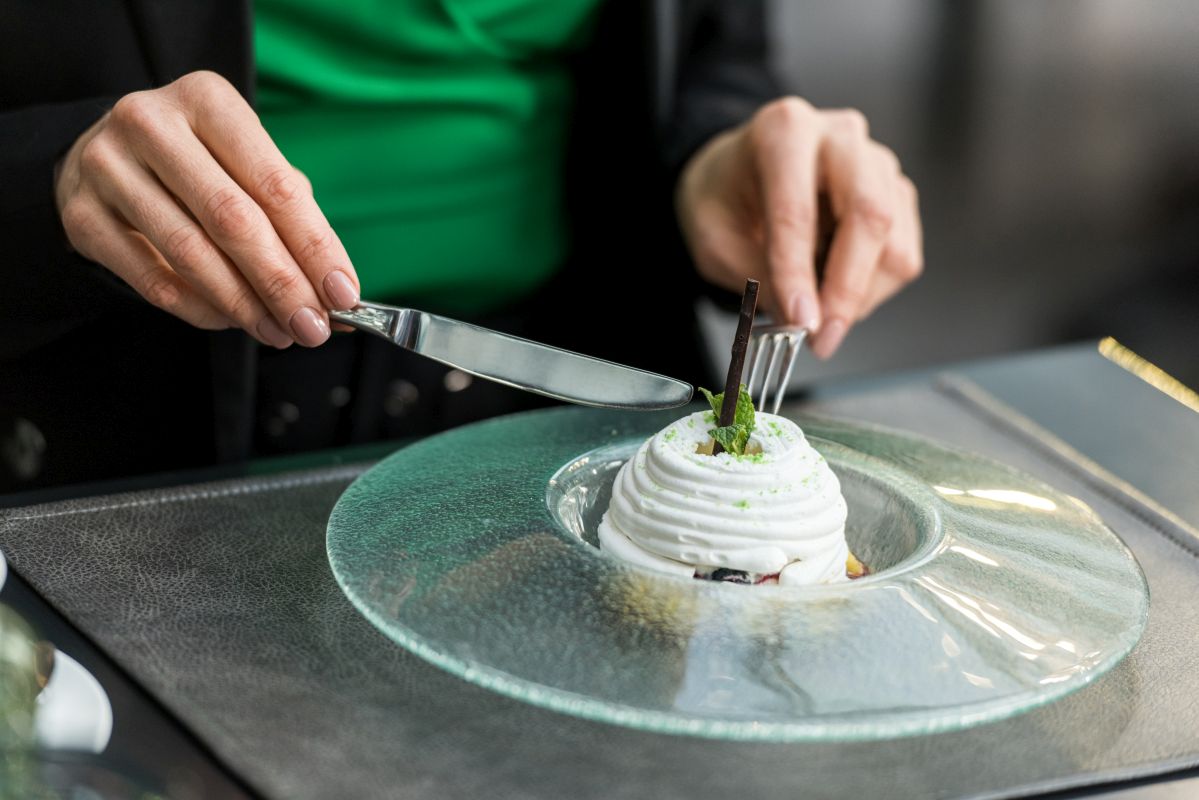What techniques are used in molecular gastronomy?
By using their knowledge of chemistry and physics, chefs can create amazing dishes that delight not only in taste but also in appearance. In this article, we take a closer look at the techniques used in molecular gastronomy to achieve these unusual effects. You will quickly discover that this is a whole new dimension of culinary experience – we invite you to discover it with us! We will tell you about spherification, gelation, or the sous vide method, among other things.
Contents
What does molecular cooking look like in practice?
Molecular cooking involves exploring and exploiting chemical reactions between ingredients to change their texture, shape, flavour or temperature in unexpected ways. Here are some techniques that are often used in this innovative form of cooking.
Emulsification and gelation
The first is the process of combining two substances that do not normally mix, such as oil and water. By using specific emulsifiers, chefs can create stable and uniform mixtures. Emulsification techniques are key in creating sauces, dressings and other food components that require a uniform consistency.
Gelation, on the other hand, is the technique of converting a liquid into a solid or semi-solid form using gelling agents such as agar-agar or pectin. These methods make it possible to create dishes with entirely new textures, such as small balls turning into liquid in the mouth. The gelling process also makes it possible to create dishes that retain a specific form and, once consumed, release intense flavours, surprising and delighting restaurant guests looking for new culinary experiences.
Spherification and foaming
Spherification is the process of encapsulating liquids in thin, edible membranes, allowing food to be presented in a completely new way. This is done using, for example, sodium alginate and calcium alginate. Foaming, on the other hand, through the use of soya lecithin or nitrous oxide, allows the creation of light, aerated foams that can serve as a garnish for a dish or as an integral part of it.

Sous vide
It involves vacuum-packing food and then cooking it at a precisely controlled temperature. This technique achieves the ideal cooking temperature, preserving juiciness, aroma and nutritional value. Dishes prepared using this method range from meat to fish to vegetables and fruit.
Popular examples include tender steak, succulent chicken breast, slow-cooked ribs that melt in the mouth, and sous vide eggs with a perfectly creamy texture. This method is also used to cook seafood such as lobster or shrimp, which retain their delicacy and rich flavour. Furthermore, sous vide allows vegetables to be cooked in such a way that they are intense in flavour and crisp.
Other molecular gastronomy methods
There are also other innovative methods used in molecular gastronomy, such as the use of nitrous oxide to rapidly chill products or create unique textures. One of the products that finds application here is Noox Day, a nitrous oxide in 640g and 680g steel cylinders, designed primarily for the confectionery and restaurant industry. Noox Day is a premium food gas that can be used to prepare desserts and dishes with a unique texture and taste.
Molecular gastronomy – unrestrained creativity in gastronomy
Molecular gastronomy is a field with no limits to creativity. By combining science with traditional cooking techniques, chefs can experiment with textures, flavours and presentation to create dishes that surprise and delight. From emulsification and gelation, to spherification and foaming, to the sous vide method and innovative applications of food gases such as Noox Day, the possibilities are practically endless. Molecular gastronomy is proof that cooking can be not only a form of art, but also a field for scientific experimentation.
